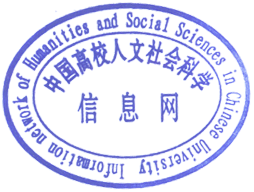关 键 词 :差点儿(没);本体研究;教学策略;学科分类:语言学--应用语言学
“差点儿”与“差点儿没”是汉语中有趣的语言现象,也是对外汉语教学中的难点,留学生在学习和使用时经常混淆,因其在特定的语境下,二者肯定否定形式的对立消失,都表示否定意义。为了帮助外国学生更好地理解和掌握这个语法结构,本文详细分析了“差点儿(没)”二者句法、语义和语用方面的异同,并且结合BCC语料库统计了肯定与否定形式的使用频率及其背后的原因,最后从教材编排和教学实施方面出发提出了针对性建议,希望为相关内容的教学提供借鉴和参考。
“差点儿” and “差点儿没” are interesting linguistic phenomena in Chinese, and they are also difficult in teaching Chinese as a foreign language, and international students are often confused when learning and using them, because in a specific context, the opposition between the two affirmative and negative forms disappears, and both express negative meanings. In order to help foreign students better understand and master this grammatical structure, this paper analyzes in detail the similarities and differences between the syntactic, semantic and pragmatic aspects of “差点儿(没)” and counts the frequency of use of positive and negative forms and the reasons behind them in combination with the BCC corpus.

